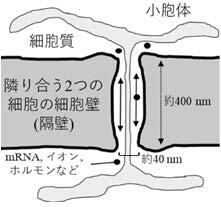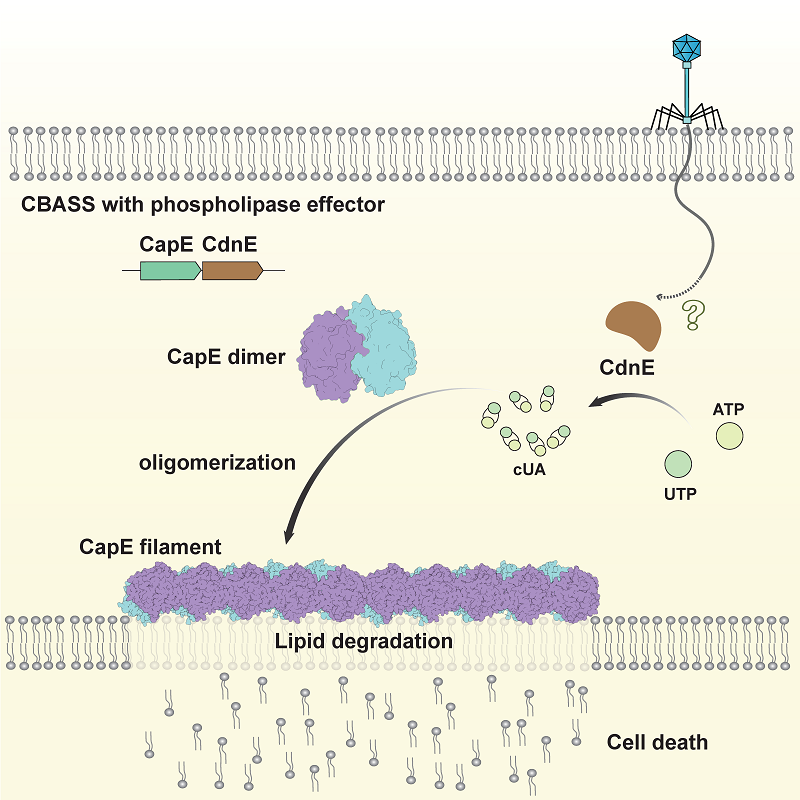2025-05-13 北海道大学,東京農業大学,埼玉大学

原形質連絡の構造
<関連情報>
- https://www.hokudai.ac.jp/news/2025/05/post-1874.html
- https://www.hokudai.ac.jp/news/pdf/250513_pr.pdf
- https://www.science.org/doi/10.1126/sciadv.adr8298
アブシシン酸シグナルは、植物の細胞間コミュニケーションに関わる一次原形質連絡の密度を制御する Abscisic acid signaling regulates primary plasmodesmata density for plant cell-to-cell communication
Chiyo Jinno, Ken Fujisaki, Izumi Yotsui, Motoki Ouchi, […] , and Tomomichi Fujita
Science Advances Published:7 May 2025
DOI:https://doi.org/10.1126/sciadv.adr8298
Abstract
Cell-to-cell communication is essential for multicellular organisms. Plasmodesmata (PD) are plant-specific nanopore structures pivotal for cell-to-cell communication and plant survival. However, how PD form and their structure, regulation, and evolution remain largely unknown. Here, we demonstrate that the exogenous supply of abscisic acid (ABA), a well-conserved phytohormone in land plants, reduces primary PD density in the moss Physcomitrium patens. This regulation requires all core components of the ABA signaling pathway. Furthermore, we reveal that ABA-INSENSITIVE 5, a well-conserved transcription factor in the ABA signaling pathway of land plants, plays a pivotal role in PD density regulation, whereas ABA-INSENSITIVE 3 does not. Our findings show that the ABA-induced reduction in primary PD density is mediated by these ABA-responsive factors in P. patens. Considering previous reports on ABA-dependent PD regulation in both moss and angiosperms, we propose that the ABA-mediated control of PD biogenesis and permeability represents a conserved mechanism in land plants, with critical implications for cell-to-cell communication and stress adaptation.


